The technology to network drives into a
single, holistic plant or production line configuration has been
available for several years, but adoption has not been universal, a
fact that still surprises Greg Richards, an automation consultant with
Siemens Energy and Automation.
“I’ve gone out to plants and people don’t want to do it and I don’t
understand why,” he says, pointing to cost savings in the 40 percent
range when electing to go with this approach over traditional analog
systems in the areas of engineering, control, system building, assembly
and commissioning. “The benefits become clear once you do it.” 
The
benefits, says Richards, start with improved information. More
information means more control over your processes. “In the past you
were very limited in what information you could get out of the process.
The drive is now an integral part of the hardware configuration for the
PLC. Now, when you integrate a drive into the PLC bus you get a
tremendous amount of information back from the drive.”
The
benefits don’t stop there. In addition to improved control, reduced
cost and increased productivity, Richards points to reduced
infrastructure requirements — i.e.: less wiring — and a profound impact
on the time required to set up or make changes to the production line.
Before
joining Siemens, Richards used to work for the drive systems group at
Quadrant Engineering Plastic Products, worldwide engineered plastics
manufacturer based in Pennsylvania. His last assignment at Quadrant was
the set up a system containing 30 drives.
“If you can imagine
all the wiring required to connect 30 drives in analog then you can
imagine eliminating all of that and just connecting them to a single
purple cable. Your start-up time is significantly reduced. Start-up
following install went from 4 or 5 days to one. We did it once in six
hours.
“The whole Totally Integrated Automation approach really worked. The more we integrated into one project…it got quicker and quicker. It really did.”
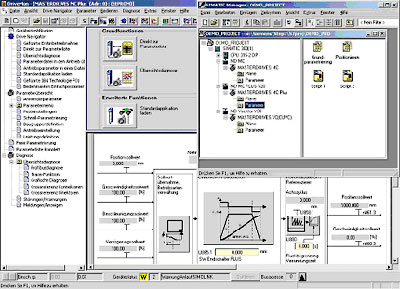
What’s
more, he adds, you have fewer points of failure meaning better
reliability. “When I used to do it the old way I always had more analog
failures. Since I started doing it this way I can’t recall one.”
UK-based Marston's brewery, home of the world famous Pedigree bitter,
was an early adopter of networked drive technology and reaped
significant benefits from its migration. D. Boothroyd detailed the
Brewery’s experience for Computing & Control Engineering Journal.
For
instance, wrote Boothroyd, Parameter settings on the variable frequency
inverter drives that operate Marston’s bottling lines can be altered
dynamically via the network without interrupting the operation of the
line. Things like ramp up and ramp down rates, and maximum/minimum
speeds, can be altered as the line is running.
Each drive
has between 30 and 40 parameters that can be adjusted, from such basics
as the voltage it runs at to more sophisticated aspects such as the
percentage of torque the drive will generate. “By simply sending a data
message on the network it is possible to modify any drive, either
permanently or temporarily.
Additionally, networking
provided the brewery with other benefits, including more delicate
handling of bottles, improved plant integrity, and its inherent
scalability provided a platform for flexible future expansion.
Today,
it is easier than ever before to network drives into a single control
system. All the control system vendors have systems that easily allow
you to point and click and drag and drop your way through installation.
“In the Siemens world you have Simatics Manager and Drive ES,”
says Richards. “You integrate everything into the software — all its
network and configuration info. It’s really easy to set up, configure
and control.
“Once you have them installed you go to the
hardware configurator — the PLC processor, I/O configurator. Your
drives show up as an option. Find the drive and drag and drop it onto
your configuration. It’ll attach it to whichever bus technology you are
working with — either Profibus or Profinet.
“Your next
selection will be the amount of information you want to communicate
back and forth to the drive. You can configure from 2 to 14 words each
way. These words convey signals and commands such as ready, start,
stop, alarm, etc. I usually use around six, but you may need to use
more if you are working on a safety system, etc. Finally you program
the address of the drive into the network. Once you do that and
everything is wired up properly, the drive should be talking to the
PLC.”
::Design World::
Filed Under: Factory automation, AUTOMATION, CONNECTIVITY • fieldbuses • networks

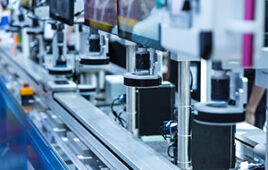
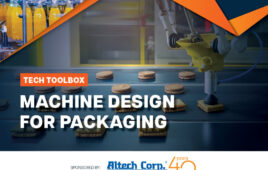
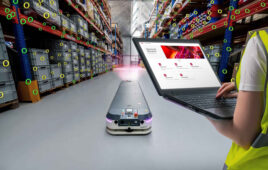
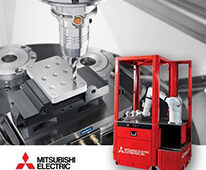
Tell Us What You Think!